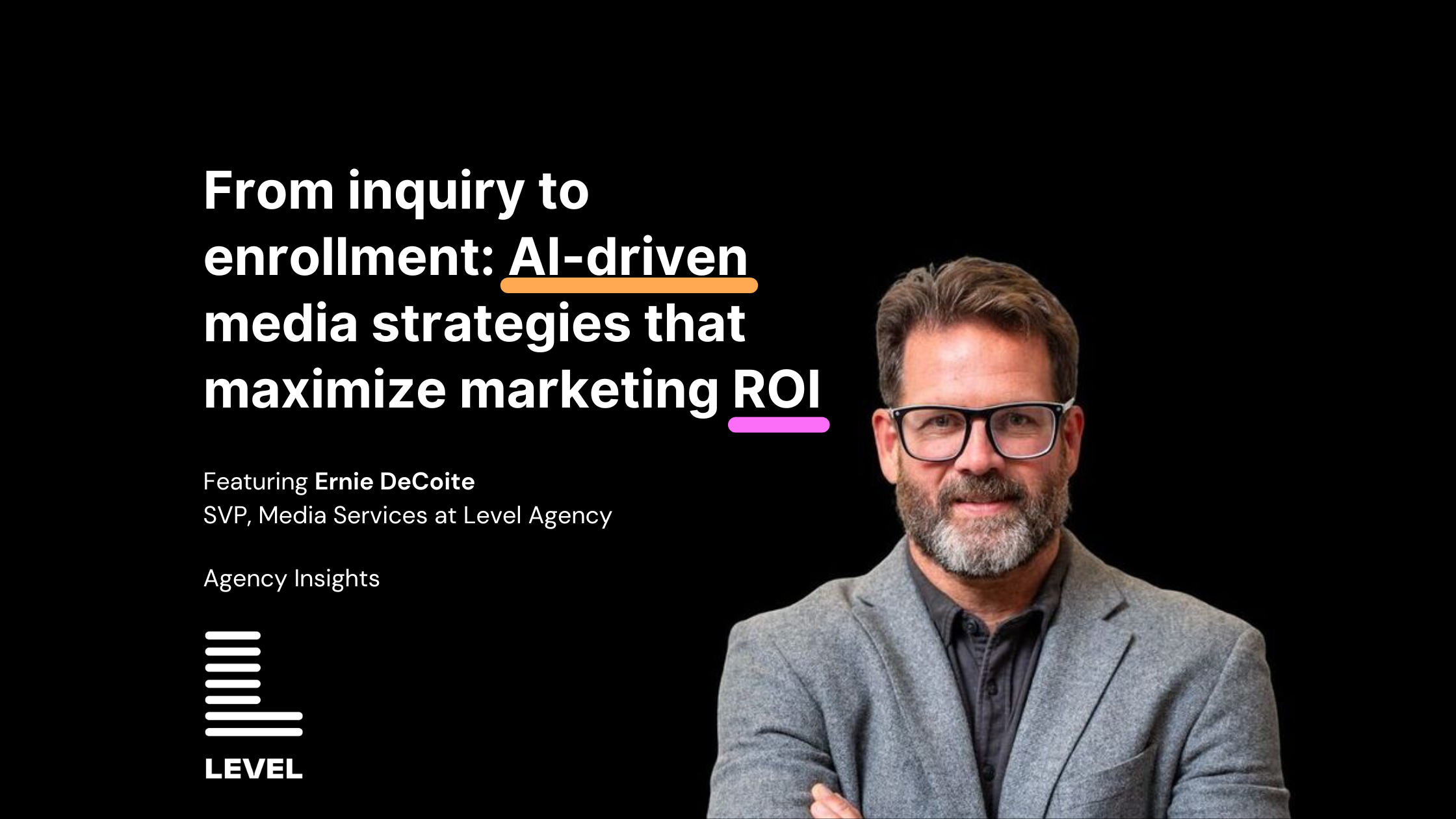The numbers don’t lie — but unfortunately some agencies do. Here at Level, we prioritize values of client-focused marketing, partnership, and data-driven decisions, putting all of our energy into making sure you have the best customer generation experience for your business. Unlike other agencies, we give you just the hard facts with none of the fluff. Level recognizes the importance of the time and money you put into your marketing services, so we won’t waste your time feeding you misleading information. We believe that it is essential for all clients to be informed, not just our own, so we made this list of unfavorable marketing tactics to help you pinpoint the bad guys before it’s too late.
- Newbie Mistakes – Lack of experience and the eagerness to impress superiors can lead to young employees making damaging oversights. Common PPC mistakes, such as using broad matches or incorrectly targeting audiences, are frequent among rookies in the office and have the potential to seriously affect a business.
- CTR Comparison – A major indicator of a good ad is a good click-through-rate (CTR), but the way this figure is calculated can create the appearance of higher ratings. A good marketer will compare CTRs solely by keyword and delivery type. For example, Google search CTRs should only be compared to other Google searches, ad text CTRs should only be compared to other ad texts, etc.
- Lack of Neutrality in Tracking – Certain tools, such as AdWords, tend to display inflated revenue figures. When using a service to check metrics, it is important to know you are gathering high quality, accurate data. One of Level’s major practices is to avoid any system reporting relying on pixel fires altogether and unify one system of record – our client’s CRM and revenue reporting tools – for tracking lead generation and ROI to ensure we’re using the same measuring stick that our clients are using.
- No Benchmarking – By comparing your business’s performance to that of other companies, you can avoid creating a false image of a market. Growth in your market may seem high, but after accounting for benchmarks, you find that your competitor’s growth was twice as high — meaning there isn’t as much to celebrate as you initially thought. This is what makes benchmarking critical to the progression of goal setting and the advancement of a campaign.
- Misleading Percentages – Some marketers will purposely alter the way they display data to make it seem that growth rates are high. By comparing PPCs to other smaller growth rates and adjusting the time frames of data, it will give the illusion that more revenue is being generated and performance is up. Considering Level’s broad experience of working with a variety of clients in many industries, we are dedicated to the collection and distribution of precise, reliable data for a client’s unique marketing goals.
Level Insight:
“From audience targeting to media mix modeling, accurate data and metrics are the base on which smart decisions can be made,” says Kahlianne Jones, Level Agency Data and Analytics Manager. “It’s important for prospective clients to question a marketer’s PPC and growth percentages to make sure they are receiving the highest quality of work for their investment. Level stresses the importance of establishing unified, accurate tracking and metrics that consider a long-term trend outlook, and account for industry environment to make sure our clients get the full picture.”








